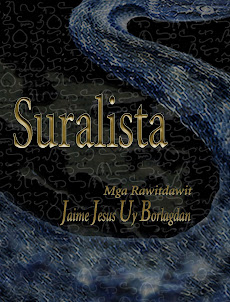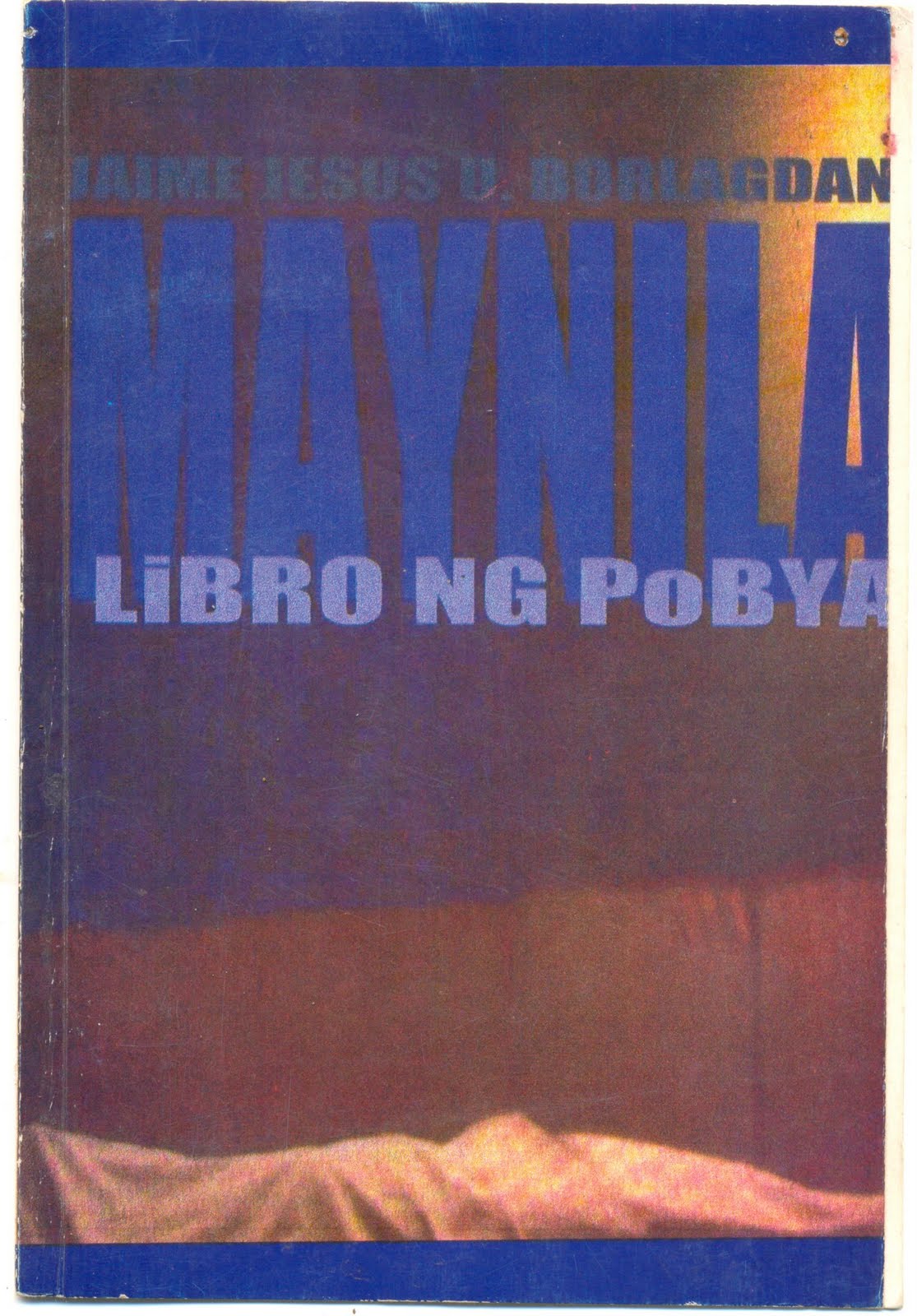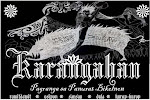Sa sarong klinik:
Pasyente X: Nagngangana na naman baga tabi dok. May mga bagay akong nagkakamaratean na darai man kan enot.
Dok: U-hmm. Tapos, ano pa?
Pasyente X: Dawa sa pangiturugan ko yaraon na an mga pigkakatakutan ko pag muklat.
Dok: U-hmm.
Pasyente X: Arog kasubanggi. Napangiturugan kong haranihon daa ako sa Mayon. Maasuhon ini, buda berdehon. Nakatindog ako sa bukana nanggad kan kali na pig-aagihan kan lahar.
Dok: U-hmm. Tapos.
Pasyente X: Tapos masakay daa ako sa bus pero dai ko kaya.
Dok: U-hmm.
Pasyente X: Ginibo ko na man su mga sabi mong breathing exercises pero dai nagtatalab. Namimiss ko su mga bulong mo.
Dok: U-hmm. Tapos.
Pasyente X: Muya ko sana garong kasiguruhan. Na pagnagdrive ngaya ako o naglaog sa trabaho dai ko ito magkamaratean.
Dok: U-hmm. Tapos.
Pasyente X: Dai pa talaga dok available su Zoloft? Baad pwede mo na ako tawan. Dai ko na kaya.
Dok: U-umm.
Pasyente X: Sabi mo kan enot mag-tiwala sa Dios mantang dai pa su bulong. Pero iyan an saro ko pang problema. Dai ko narurumduman an Dios. Pirmi sana kagadanan. Kua mo dok?
Dok: U-hmm. Tapos.
Pasyente X: Pero aram mo, sa gabos na nadevelop ko lugod kan pakakua ko kan helang na ini. Aram mo kun ano dok? Subterfuge. Aram mo an?
Dok: U-hmm.
Pasyente X: Dakol na an naghuhuna na rahay na ako. Matibayon ako mag-cope up pag nag-aabot na an mga attacks. Matibayon na ako mag-parasite.
Dok: U-hmm.
Pasyente X: Pero nag ngangana na siya dok. Nasusupog naman ako sa sadiri ko. Nugad muya ko nang isaradong dagos an mata ko pag i-abtan ako ki sarong pirot na dai mo aram kun sain hali. Garo tinukawan ki sarong banwang sarabayan nagtataram an saimong agimadmad buda muya mo sanang lumubog. Mawara. Plop!
Dok: U-hmm.
Pasyente X: Pero nugad naiisip ko. Ano pa an pighahalat kong kagayunan kan buhay? Baad saro ko sanang ideya an. Maparahay ako para sain? Sa aga? Sisay makakataram na yaon pa ako sa aga? O ika dok. Baad tadtaod mabagsakan ka kan book shelf mong an na kulang ki sarong turnilyo.
Dok: U-hmm.
Pasyente X: Bako sana halipot an buhay kundi nagpupuon sana ini sa hangos na pinunan mo buda natatapos pag ibinuga mo na daing kasiguraduhan kun tawan ka pang sunod.
Dok: U-hmm.
Pasyente X: Pigsasayang ko an oras ko digdi dok. Bako sa ika—ta pigsasayang mo man an oras mo sako, apwera kan 300 na ibabayad ko sa sekretarya mo pagluwas ko digdi—kundi ako. Nagpapara reklamo ako digdi saimo manungod sa buhay na garo baga may fireworks display akong pighahandaan sa katapusan kan sakong buhay na dai ta man ngani aram kun nuarin. Na sierto akong dai mang nganing fireworks. Maluwas na ako dok, pighahalat na ako kan mga kumpromiso ko.
Naghali na su pasyente. Nagburad su duktor sa mayumok niyang tukawan. Hiniling niya su orasan na napatahawan kan mga kinwadrong mga papel na nagpapatunay kan saiyang kaaraman buda naginibuhan. Alas-otso singkwenta kan pagkabanggi. Ma-kinse minutos man su nabawas sa oras niya. Hinuba niya su puti niyang roba, buda isinabit sa laog kan sarong kabinet. Nagi na siyang kaarog satuya sa ordinaryo niyang polo buda slacks. Pinalsok niya su ilaw sa klinik. Nawalat sa diklom an luminos na kamot kan relo na nagsasabing limang minuto an nadugang sa edad kan kagabsan.
Hunyo 12, 2010. Karangahan








